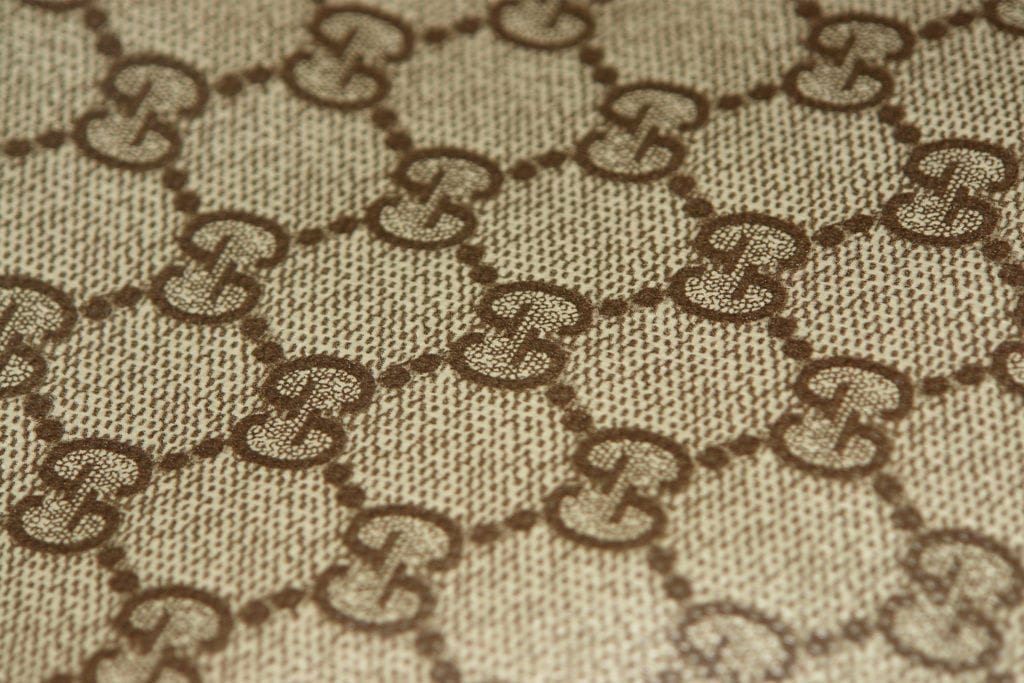Designer
The History of Gucci | Evolution of the Fashion Giant
The History of Gucci
Guccio Gucci was born on March 26, 1881, to an Italian leather goods craftsman. Gucci’s first experience with luxury goods came from his job as a porter at London’s chic Savoy hotel. Enamored with what he saw, he returned to Florence as an apprentice for the luggage brand Franzi. At the age of thirty, Gucci was ready to make his mark in the leather goods industry and opened his namesake store in Florence.
Taking inspiration from saddles
Gucci secured a great deal of his early business by making saddles and other equestrian accessories for Italy’s thriving population of horseback riders. As his designs gained fame for their high quality and craftsmanship, the elite from other European countries traveled to Florence for Gucci’s creations. In later years, the designer paid homage to his early roots by maintaining elements of his equestrian designs, including the red and green saddle stripe and horse-bit hardware.
All in the family
In 1938, Gucci’s three sons, Aldo, Vasco, and Rodolfo, joined their father’s business and significantly grew the brand. In the mid-1930s, leather became scarce because of sanctions imposed against Italy. Gucci was forced to experiment with different materials, which proved to be a blessing in disguise and hugely influential to his brand.
The iconic Gucci print, with its interconnected diamonds woven into tan hemp, was born out of his experimentation. Just a decade later, as Gucci’s team of artists struggled to find materials, the burnished bamboo handles that many people associate with Gucci were born.
The passing of an artist
Gucci passed away relatively unexpectedly in 1953, just two weeks after his first New York boutique opened to wide acclaim. After his passing, his business continued to thrive thanks, in part, to an already-bourgeoning fan base of American consumers. Boutiques worldwide were frequented by celebrities and socialites who couldn’t get enough of the iconic designs.
Some of the most famous Gucci fans included Elizabeth Taylor, First Lady Jackie Kennedy (whose slouchy handbag was quickly renamed “The Jackie.”) Even the princess of Monaco, Grace Kelly, graced the Gucci floor. Rodolfo Gucci was so flattered by her endorsement of the brand that he had a unique scarf designed for her in the print that would be christened “Flora.” The pattern is one of Gucci’s most distinctive designs, with 43 different flowers and insects in a palette of nearly 40 colors.
As the brand continued to flourish, the Gucci team introduced the logo of two interlocking G’s as a touching tribute to the brand’s founder and original designer, Guccio Gucci.
Gucci in the 1970s
The 1970s ushered in even more expansion for Gucci’s house, with boutiques in Hong Kong and Tokyo. Unfortunately, the Gucci brothers disagreed about the business’s direction, having frequent arguments and taking the company dangerously close to bankruptcy.
Revitalizing the brand
In the 1980s, shortly after the brand introduced its first line of ready-to-wear clothing, former Bergdorf Goodman president Dawn Mello joined the company as creative director. She brought a team of fashion greats with her–from Tom Ford as the women’s ready-to-wear designer to Neil Barret managing the men’s line. One of Mello’s greatest successes was the original Gucci loafer–still a fan favorite today.
Tom Ford is credited with changing the brand’s style from its minimalist look in the late 1980s to a sleeker, sexier style. Later creative directors like Frida Giannini would evolve the brand to put modern touches on the symbolic red and green stripe and the iconic Bamboo Bag.
Today, creative director Alessandro Michele honors the legacy of the brand’s namesake, both in design and in memorial spaces like the multi-purpose museum, restaurant, and store Gucci Garden. Under Michele’s careful direction, the brand’s history and elegance are sure to carry on for decades to come.
Click Here to shop

